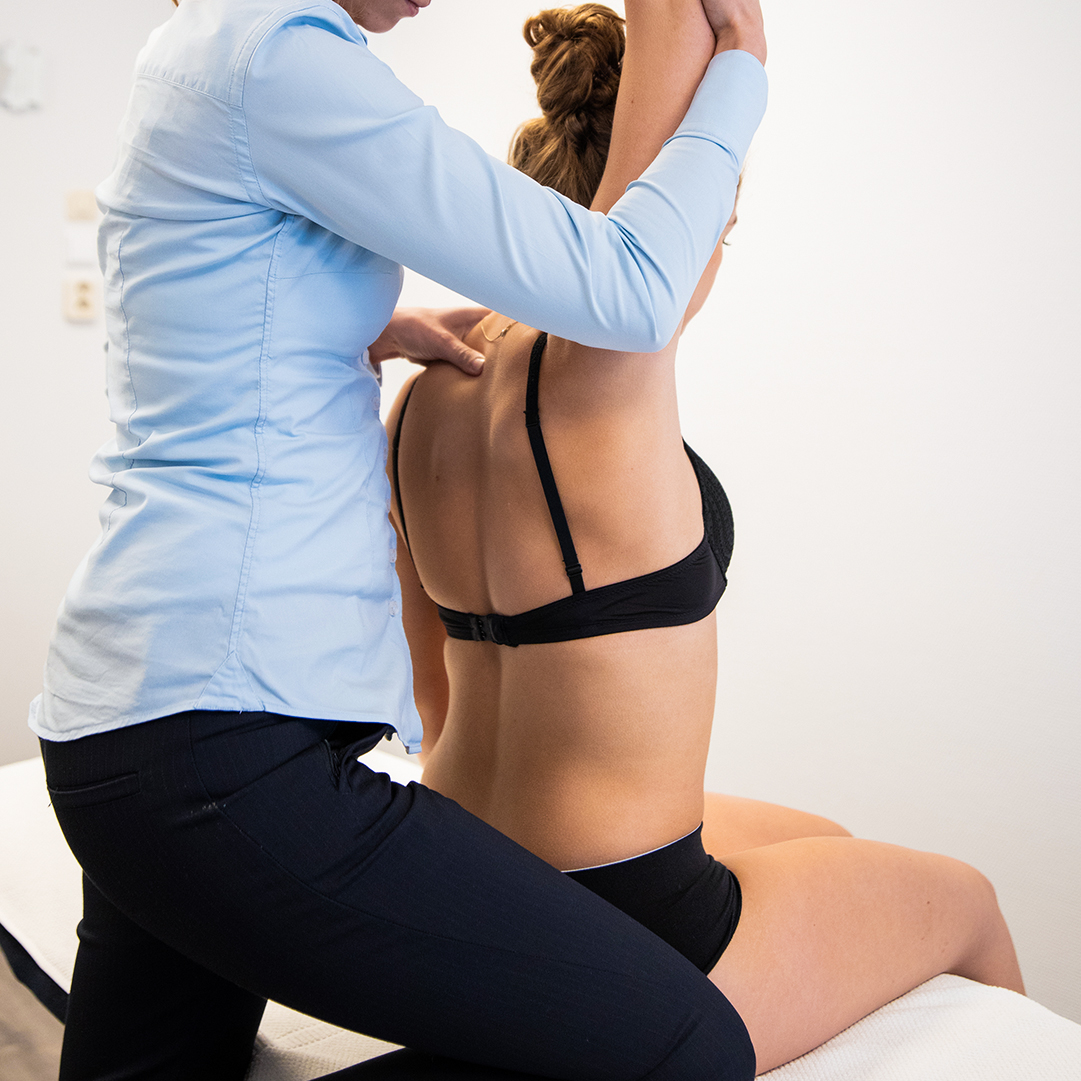OSTEOPATHY
Philosophy &
History
The philosophy and history of osteopathy
Since the establishment in 1874, Osteopathy has developed into pure medical science. Four basic principles played an essential role in osteopathy:
1. Life is motion and motion is life
“Life is motion” were the words of the Osteopathy’s founder, Dr. A. T. Still. Everything in our body has to move to survive. Which is the case for every big and small motion in a joint, organ, and our nervous system.
2. The body is a unit
Symptoms that arise in a particular part of the body may indicate motion loss in another part of the body. It is essential to look further than just a complaint.
3. The body always tries to function optimally
Less movement at a specific place in your body does not always lead to physical discomfort. Your body will compensate as much as possible for the shortcoming and will keep on functioning. Because it takes extra effort to compensate for the defect, you probably use more energy than usual.
4. Structure and function of the body are reciprocal to each other
Structure and function are inseparable from each other and therefore influence one another. The interplay between all the separate parts of the body is necessary for the human body to function optimally.
Although the definition of the profession of an osteopath may differ per country, there is an international consensus about the current definition of the discipline or domain.
European Federation of Osteopaths (EFO) and Forum for Osteopathic Regulation Europe (FORE) drew up this document in 2012: The scope of Osteopathic Practice in Europe, defining the subject of Osteopathy in Europe (EFO & FORE ,2012). The explanatory models have been drawn up by the Educational Council on Osteopathic Principles (ECOP). This organization describes how the effects of manual interventions can be explained using 5 theoretical models. The following text serves as a basis for this:
The practice of osteopathy uses current scientific knowledge to apply the principles of osteopathy to patient care. Scientific plausibility and evidence-based outcomes have a high priority in patient treatment and case management.
Osteopathy provides a broad range of approaches to the maintenance of health and the management of the disease. It embraces the concept of the unity of the individual’s structure (anatomy) and function (physiology); as such osteopathy is a patient-centered system of health care, rather than disease-centered.
An essential component of osteopathy is its great attention to body mechanics and its manual methods in diagnosis and therapy. Osteopathy was developed as a means to facilitate normal self-regulation/ self-healing mechanisms in the body by addressing areas of tissue strain, stress, or dysfunction which may impede normal neural, vascular, and biochemical mechanisms.
The practical application of the concepts and principles are described by several models of structure-function relationships that osteopathic clinicians use to influence the gathering of diagnostic information and the interpretation of the significance of neuro-musculoskeletal findings in the overall health of the patient.
The following 5 models of structure-function guide the osteopathic clinician’s diagnosis and treatment of the patient. The models describe the effects of postural and biomechanical factors on the patient’s ability to compensate for stresses or illness; the influence of the nervous system in maintaining proper cell and tissue function; the role of psychosocial factors in preventing and treating disease; and factors which influence bio-energetic needs such as oxygen and nutrient consumption.
These models are:
- Biomechanical model
- Neurological model
- Respiratory/ Circulatory model
- Bio-psychosocial model
- Bio-energetic model
It is of course for a thorough knowledge of the physiological mechanisms of these models to be taught extensively in an osteopathic curriculum.
Osteopathy in the United States
n de ECOP, dat het document heft opgesteld, hebben ook afgevaardigden van Amerikaanse osteopathie-universiteiten zitting. De organisatie is een onderdeel van de American Association of Colleges of Osteopathic Medicine (AACOM). Doel van dit expertpanel was om consensus te verkrijgen over het gebruik van de terminologie en modellen in de osteopathie. De hierboven genoemde osteopatische verklaringsmodellen werden voor het eerst in 1981 gepubliceerd en in 2009 voor het laatst herzien. In 2006 erkende de World Health Organisation (WHO) het osteopatisch vijfmodellenconcept als een unieke osteopatische bijdrage aan de wereldgezondheidszorg.
World Health Organisation (WHO)
‘Osteopathy is a system of medicinet that emphasizes the theory that the body can make its own remedies, given normal structural relationships, environmental conditions, and nutrition. It differs from allopathy primarily in its greater attention to body mechanics and manipulative methods in diagnosis and therapy (WHO, 2010).



